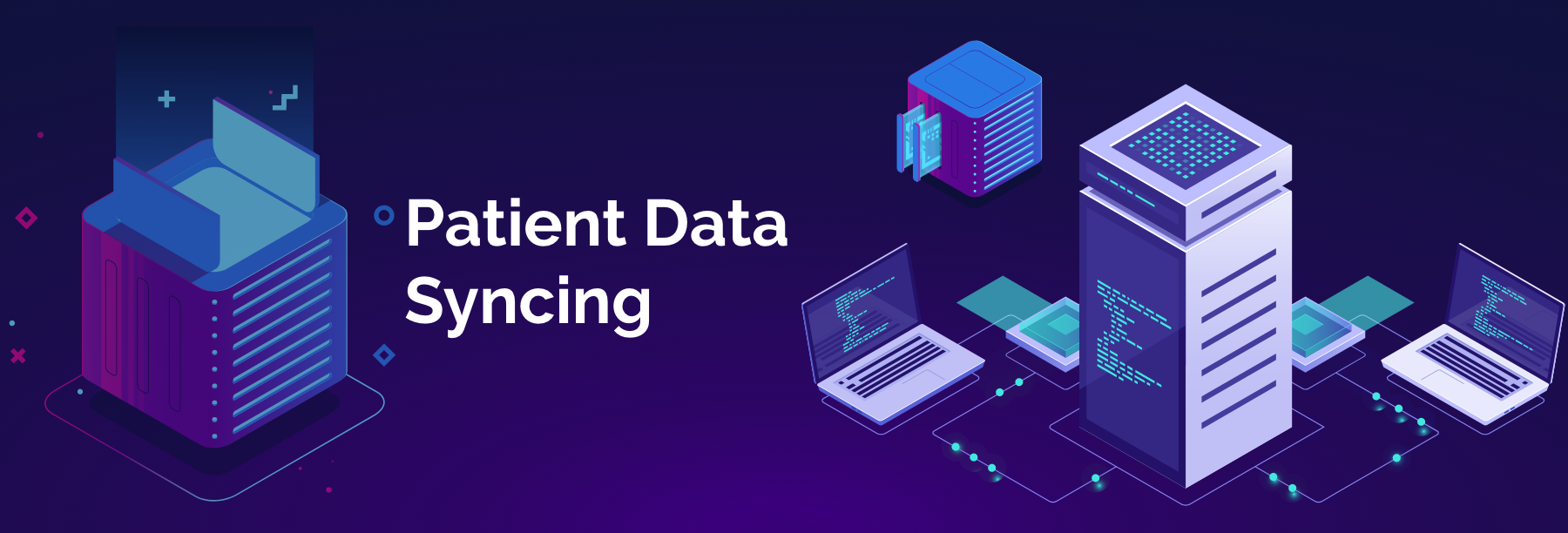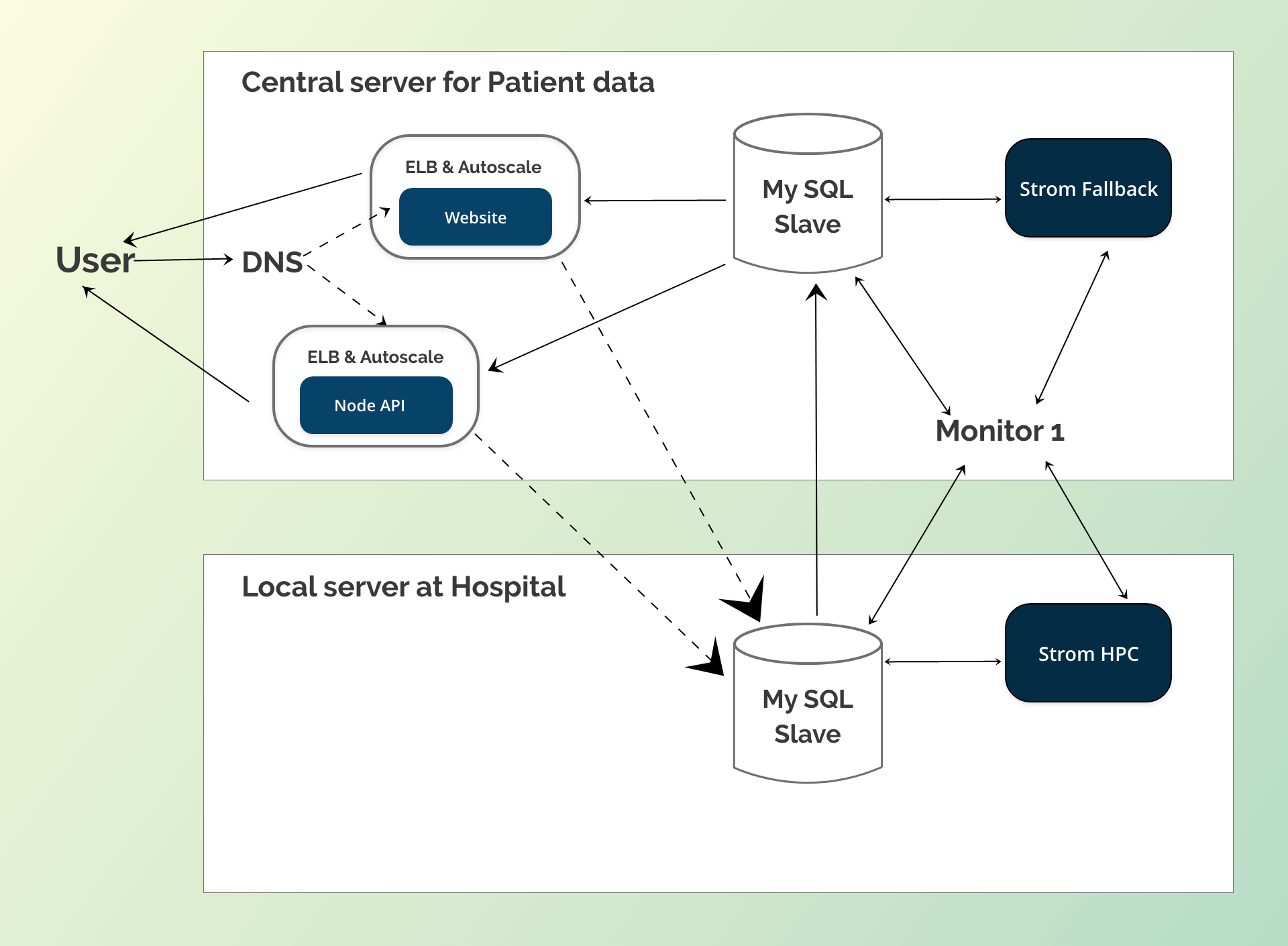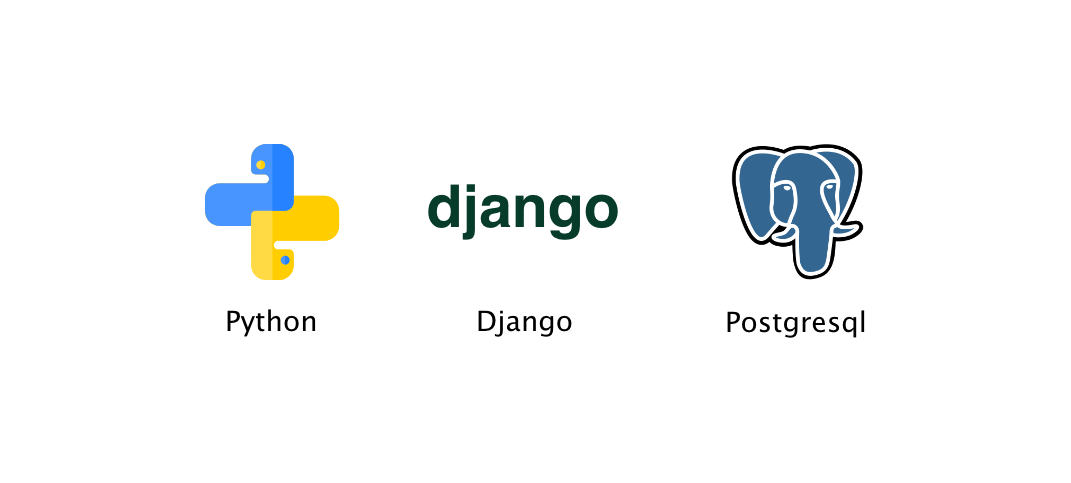How the Concept was born
The solutions that already exist are mostly based on systems tailored to specific needs (doctor’s surgery versus hospital, specific pathologies), without standardized data exchange, hindering the accomplishment in the long term of all the patient’s “health project” objectives. Nowadays the tendency is to define strategies of data exchange between the systems in place. In a healthcare environment where patient data are collected in different locations, long-term patient follow-up becomes difficult. Let’s imagine the following situation: a patient has to visit a doctor while away from home. The doctor, seeing him for the first time, would ask for his medical history (allergies, current treatments, family history etc.). The medical visit would be more efficient if the patient’s healthcare record could be instantaneously accessed. For an efficient long-term follow up, the teams involved at every stage of healthcare need to share patient information. It prevents information conflicts, which may end in errors and low-quality, low-trust information. synchronal, trustworthy information is crucial for security, compliance, and a good style of operational functions.




